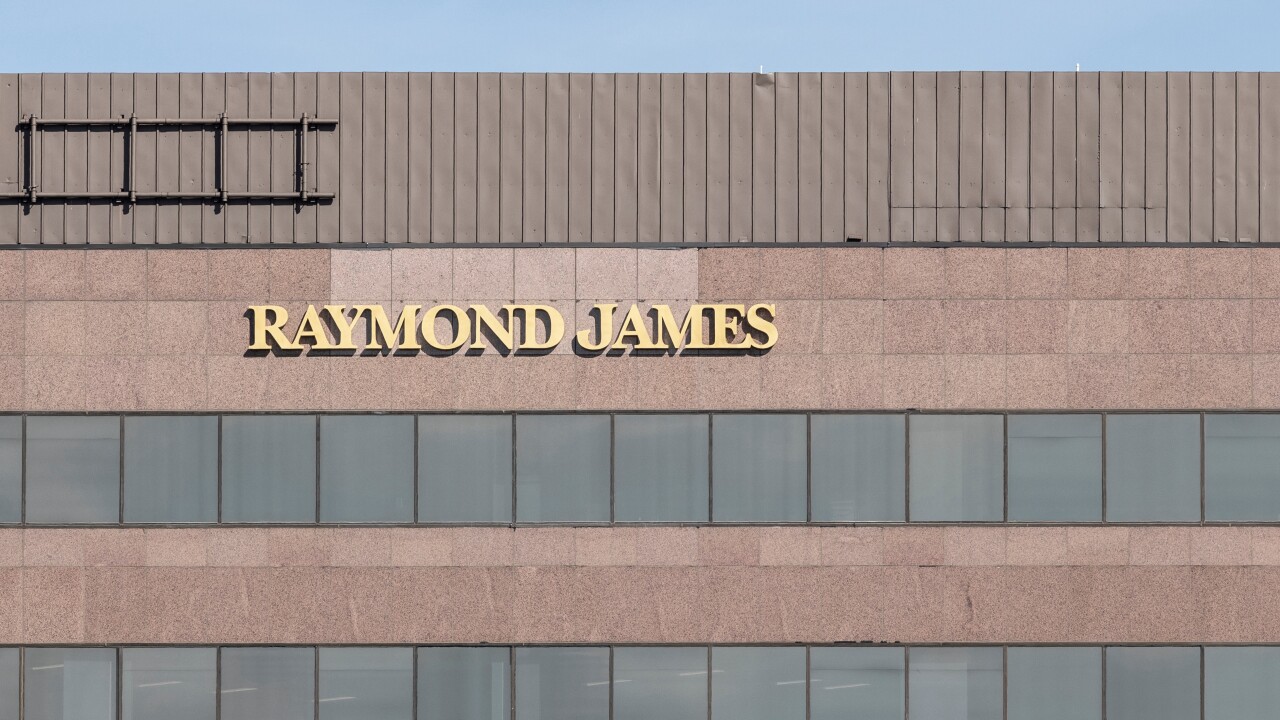Global bond and equity investors are not just relying on the U.S. to power economic growth in the world anymore, said presenters at a Natixis Global Asset Management press luncheon Sept. 29.
Fund managers are paying keen attention to Chinese domestic economic policy, the bond market rally in Brazil ahead of the presidential election, and they want to know if the well-developed Chilean pension system might be a source of investment capital for U.S. stocks.
China, India and smaller Asian countries could produce about one billion potential consumers in the coming years, according to Francisco Alzuru at Hansberger Global Investments, where he is lead portfolio manager of the Latin America fund and managing director of emerging markets research.
In China, for instance, the source of economic productivity is increasingly mixed. Exports account for half of its activity, while household consumption and capital from Asia drive much of the rest. Moreover, the Chinese government is trying to avert any major outbreaks of social instability, so it is promoting efforts to build out the country’s infrastructure, particularly in Western rural provinces. In doing so, it is backing new housing, rail lines, telecommunications networks and ports, Alzuru said. “Personally, I think we are witnessing history,” he said. “We are living through the passing of the baton from the developed world to the developing world in terms of consumption.”
Whereas market observers used to see the developing world as supplier of cheap raw materials and cheap labor, investors are slowly accepting the notion that emerging-market countries are full of consumers. They have come so far that observers are now using the term frontier markets to describe burgeoning economies.
If there is one concern about the Chinese economy, it is whether the country’s banks can effectively service loans to local governments for infrastructure projects. In this sector, said Alzuru, his fund is actually underweight on Chinese banks. The fund has more exposure to Brazilian banks, because those lenders actually have higher return on equity rates than Chinese institutions.
Indeed, Brazil continues to stand tall in the emerging-market crowd, according to Alzuru. The unemployment rate in Brazil is as low as it has ever been, and future unemployment is a relatively minor risk.
Brazil is also showing strong signs of economic stability, as it prepares to elect a new president to succeed Luiz Inacio Lula da Silva. In contrast to what the capital markets have witnessed in the past, the domestic bond market is rallying. If frontrunner Dilma Rousseff can win credibility from the Brazilian corporate sector, as da Silva has done, then the credit markets will there continue to be rational, Alzuru said.
The combined consumption rates of the emerging-market economies surpassed consumption in the U.S. in 2009, Alzuru said. In particular, there is potential for a massive middle class in China, for instance, where the government plans to develop its internal infrastructure and residential real-estate market. Also, the country is in the very early stages of creating a social safety net, which might whittle away at the Chinese savings rate and encourage them to be more active consumers.
Investors still have a lot of domestic opportunities, even as they seek yield opportunities in the bond market. This is an environment where investors in the developed world are facing very slow economic growth, and record lows in bond yields, said Kathleen Gaffney, vice president and portfolio manager at Loomis Sayles, where she runs its award-winning bond fund. At her firm, Gaffney is using a bifurcated approach to investing. In the short-term, she is looking at high-yield corporate bonds and solid BB and B investment-grade bonds to pick up between 4% and 4.5% in yields, which beat Treasuries that are paying a tiny 2.5%. “It’s a nice pickup, but you’re not going to get the long-term returns that you need to restore the wealth that we lost in the financial crisis,” Gaffney said. That’s why she is looking for more opportunities in high-yield bonds. In keeping interest rates low, she said, the Federal Reserve has given investors incentive to take a little bit more risk by going after high-yield bonds.
But timing is key, she added. Bond rates will go up in the long term, and investors have to examine the fundamentals of a bond issuer before buying into that credit. Loomis Sayles, for its part, will focus on 10-year maturities, where rates will be lower for a little longer. That gives them a cushion. “Even if rates go up 100 basis points to 150 basis points, you are still looking at a positive return, so you’re covered,” Gaffney said.
Gaffney is also looking into longer-term opportunities in currencies to beat the iShares Lehman Aggregate Bond Index. Specifically, developed countries like Canada, Australia and New Zealand have current account surpluses, modest debt burdens and growing economies. In developing economies, Brazil offers high-yield opportunities and has an increasingly mature bond markets, and Asian markets like China are coming under growing pressure to correct global trade imbalances.





